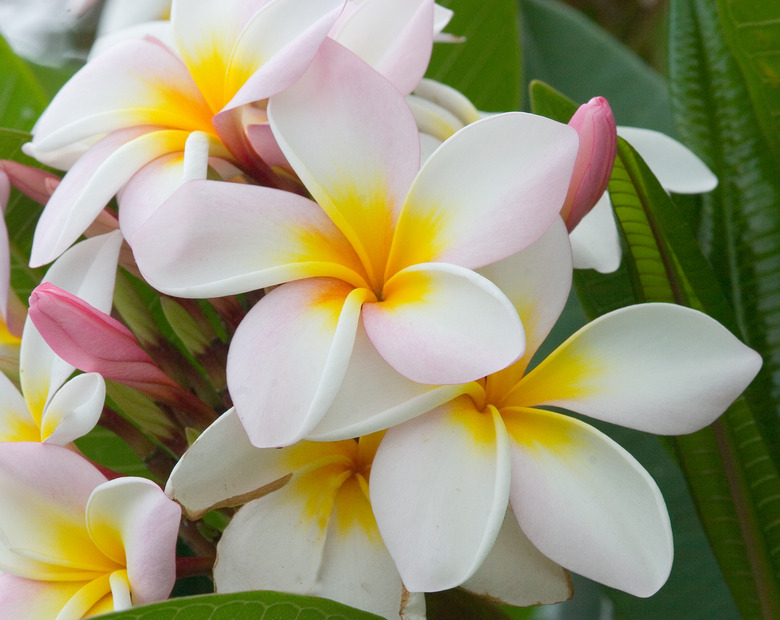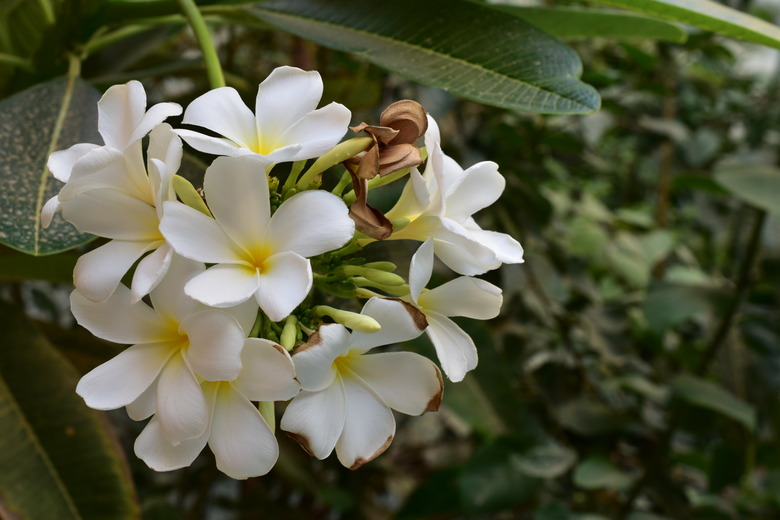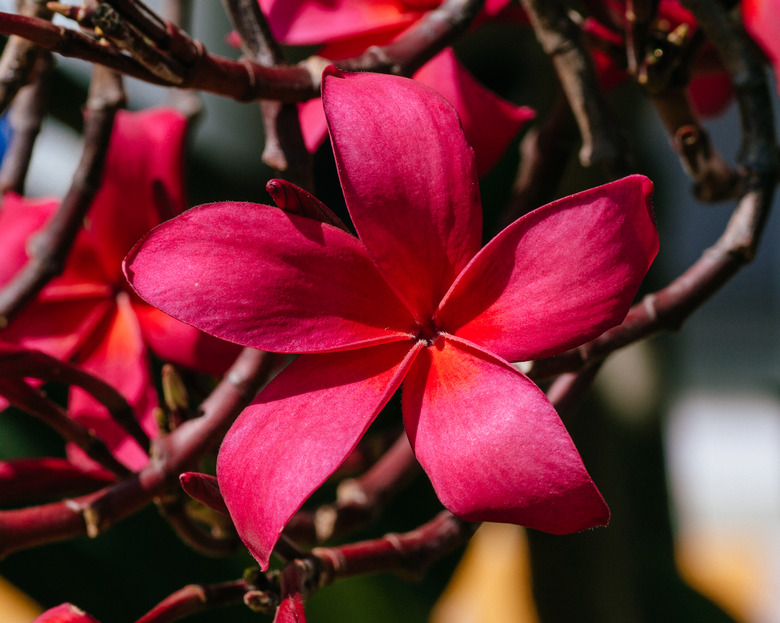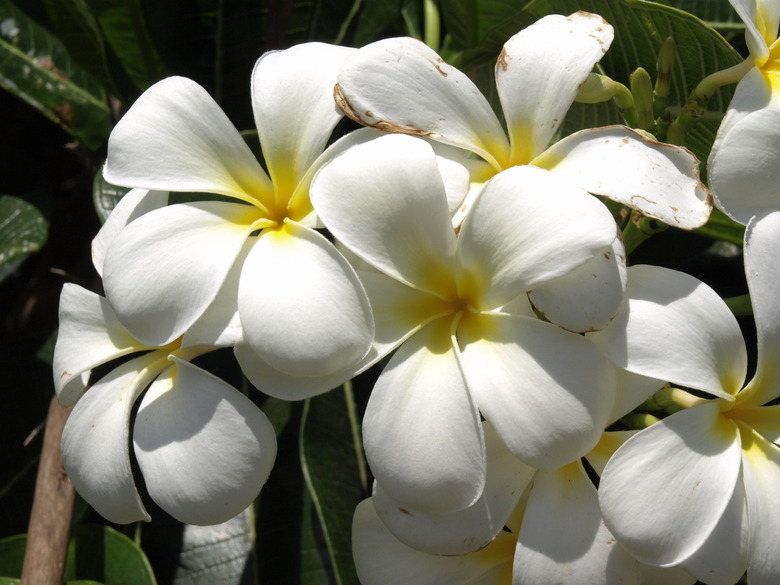The Meaning Of The Frangipani Flower
Plumeria Symbolism
The name of the frangipani flower dates to the 16th century, when an Italian nobleman named Frangipani created a perfume based on the evocative and powerful scent of this beloved flower.
Also called plumeria after the French botanist Charles Plumier, the frangipani tree (Plumeria spp.; USDA hardiness zones 10 to 12) has established an important place in the cultures of Asia, Central America and the Pacific Islands, including Hawaii, where visitors are frequently greeted with plumeria leis upon arrival or at important events.
Plumeria is a genus belonging to the family Apocynaceae, commonly referred to as dogbane. As a tropical species, it requires warm temps but can be grown as a houseplant outside of its growing zones.
The Frangipani Flower in Culture
Flowers have played a symbolic role for centuries across multiple cultures, and the frangipani flower is a prominent example of this. Some cultures that value this flower for more than its botanical characteristics include the following:
Hawaii
In Hawaii, plumeria is sometimes called pua melia, and it's widely planted and used in celebrations. In song and dance, the plumeria is offered as both a humble lei of simple flowers and as a symbol of family, greeting and aloha.
Mexico and Central America
While plumeria's association with Asia and Polynesia suggests it might be native to those areas, it is instead determined to have appeared initially in Central Mexico.
Many flowers, including plumeria, were a source of inspiration among ancient peoples, but plumeria, according to the University of Hawaii, may have been synonymous with "flower" in the Mayan culture, where it was considered the quintessential bloom.
It was associated with breath, as its stem represented an umbilical cord; Mayan texts describe death as the end of a person's "white flower spirit" in which the flower being referred to is widely believed to be plumeria.
In Aztec culture, the plumeria was used to symbolize the gods, in which white plumeria was the mother and red plumeria the father of the god Nohochakyum. The flower further represented elite status. Plumerias were planted in the gardens of nobility and given as gifts during feasts and celebration.
Asia
It is believed that early Spaniards spread the plumeria to the Philippines in the 1500s, followed by other areas of Southeast Asia. It is the official flower of Laos and has also been called the "flower of Cambodia." In the Moluccas, it is grown around gravesites because mourners believe that its fragrance can transport invisible spirits and prayers.
Buddhist temples are frequently adorned with plumeria trees, and white plumeria is sometimes used as bridal flowers. In the Buddhist culture, bouquets comprising red species are primarily found at funerals or gravesites.
In India, incense is frequently infused with plumeria, in which they are often called champa, which is a term for "flower" in India.
Species of Frangipani
The plumeria genus comprises three species: Plumeria alba, Plumeria rubra and Plumeria obtusa.
Plumeria alba is the largest species, growing up to 40 feet tall with a 25-foot spread. Its common name is white frangipani, but it is also referred to as "nosegay." Plumeria obtusa, also called white frangipani in addition to Singapore graveyard flower, Singapore plumeria or pagoda tree, has white flowers and grows from 10 to 15 feet high.
Confusingly, Plumeria rubra is also called nosegay or frangipani, but this species' flowers are red.
References
- Missouri Botanical Garden: Plumeria Obtusa
- University of Wisconsin-Madison: Plumeria
- Ethnobotany Research and Applications: Plumerias the Color of Roseate Spoonbills
- Kamehameha Schools: Lei Pua Melia — Plumeria Lei, a favorite adornment in Hawai'i
- Petal Republic: Ultimate Guide to Frangipani (Plumeria) Meaning and Symbolism



